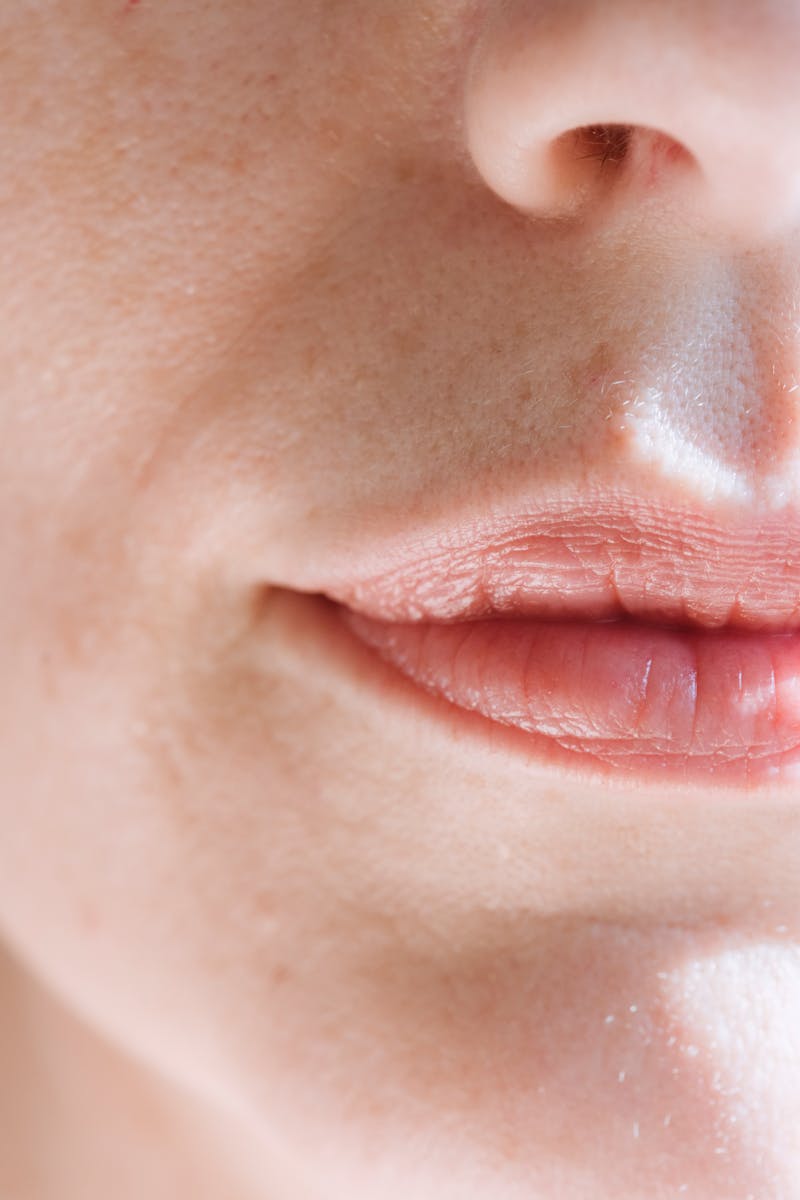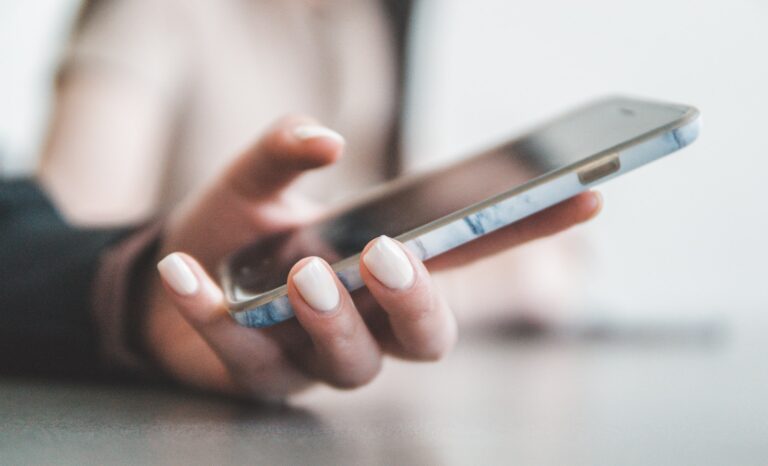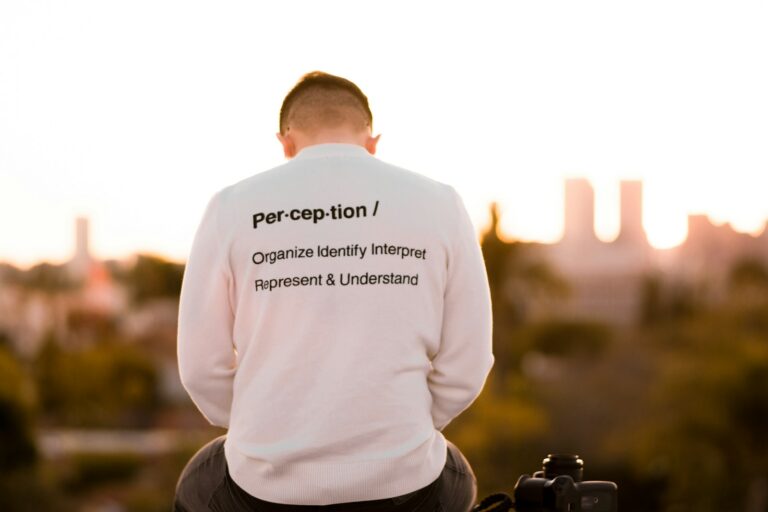The Essence of Empathy
Empathy is a profound human capacity that enables us to understand and share the feelings of others. It goes beyond mere sympathy, as it involves not only recognizing another person’s emotions but also experiencing them to some extent ourselves.
This emotional resonance forms the foundation of meaningful connections and relationships, fostering compassion, kindness, and understanding in our interactions with one another. At its core, empathy is about stepping into someone else’s shoes and viewing the world through their eyes.
It requires us to set aside our own perspectives momentarily and tune into the emotional state of another person. By recognizing their joys, sorrows, fears, and hopes, we can establish deeper connections based on genuine understanding and shared experiences.
The Significance of Recognizing Empathy in Others
In a world where communication often occurs through digital screens and platforms, the ability to perceive empathy in others has become increasingly vital for authentic human connection. When someone empathizes with us, they demonstrate an acknowledgment of our feelings and a willingness to engage with our emotional experiences. This validation not only validates our emotions but also fosters a sense of being heard and understood.
Recognizing empathy in others allows us to cultivate trust, build rapport, and create a supportive environment where open communication can flourish. By discerning genuine expressions of empathy from superficial gestures or empty words, we can surround ourselves with individuals who value our emotional well-being and contribute positively to our lives.
High-Level Overview of Facial Cues for Empathy
Facial Expressions to Look For
Facial expressions play a crucial role in conveying empathy. When someone is truly empathetic towards you, their facial expressions will often mirror the emotions they perceive in you. Look for signs such as a gentle smile, raised eyebrows indicating attentiveness, and soft eye contact that conveys understanding.
A furrowed brow may signal concern or contemplation, while a relaxed and open expression can suggest receptivity to your emotions. Pay attention to the overall warmth and openness of the person’s facial expression, as genuine empathy is often reflected in non-verbal cues.
Microexpressions and Subtle Cues
Microexpressions are fleeting facial expressions that reveal true emotions beneath the surface. These subtle cues can provide valuable insights into someone’s genuine feelings of empathy.
Watch for microexpressions around the eyes and mouth, such as a slight twitch or fleeting smile that may indicate hidden emotions. Observing these microexpressions requires keen attention to detail and quick interpretation, as they often occur unconsciously and last only fractions of a second.
Alongside microexpressions, pay attention to subtle changes in facial muscles that might betray underlying emotions even when someone is trying to maintain a neutral facade. In addition to overt facial expressions like smiles or furrowed brows, microexpressions offer a deeper level of insight into another person’s emotional state.
By honing your ability to detect these fleeting cues, you can better discern genuine empathy from superficial displays. Remember that while macro expressions are more noticeable at first glance, it’s often the micro-level signals that provide the most accurate reflection of someone’s true empathetic response towards you.
Eye Contact and Pupil Dilation
Eye contact is a fundamental aspect of human communication, playing a crucial role in conveying empathy. When someone empathizes with you, they are more likely to maintain steady eye contact as it reflects their interest and emotional connection to your experience.
Genuine empathy often manifests through the sincerity and warmth expressed in the eyes of the person engaging with you. Pupil dilation is another subtle yet powerful cue that indicates genuine interest and emotional engagement.
Research has shown that our pupils dilate when we are exposed to stimuli that evoke strong emotions, such as empathy. Dilated pupils suggest a heightened state of arousal and attentiveness, reflecting the depth of connection someone feels towards your situation.
Smiling and Facial Mirroring
When it comes to recognizing empathy through facial cues, observing smiles can provide valuable insights into the authenticity of someone’s response. Genuine smiles, known as Duchenne smiles, involve not just the mouth but also the eyes, creating crow’s feet at the corners—a sign of true happiness or empathy.
On the other hand, fake smiles may only engage the mouth muscles without engaging the eyes or other facial features. Facial mirroring is a subconscious display of empathy where individuals mimic each other’s facial expressions unconsciously.
This mirroring behavior signifies an emotional connection and understanding between individuals. When someone mirrors your expressions during a conversation, it indicates they are attuned to your emotions and are actively trying to connect with you on an empathetic level.
Brow Movements and Furrowed Brows
The movement of eyebrows can also reveal significant clues about another person’s empathetic response towards you. Raised eyebrows are often associated with surprise or concern, indicating that the individual is emotionally responsive to your situation.
This gesture denotes a moment of heightened curiosity or compassion towards what you are sharing. Furrowed brows signify deep thought or worry on behalf of the other person.
When someone furrows their brows while listening to you speak, it suggests they are processing complex emotions or thoughts related to your narrative. This expression can indicate genuine concern for your well-being or a desire to understand your perspective on a deeper level.
Microexpressions around the eyes and mouth
Microexpressions are brief, involuntary facial expressions that reveal a person’s true emotions. These fleeting expressions can occur in less than a second and often go unnoticed by the untrained eye. When it comes to detecting empathy, microexpressions around the eyes and mouth can be particularly telling.
For example, a quick upward movement of the corners of the mouth or subtle crinkling around the eyes can indicate genuine feelings of compassion and understanding. By paying close attention to these microexpressions, you can gain valuable insights into someone’s emotional state and level of empathy towards you.
Hidden emotions revealed through fleeting expressions
Microexpressions are often referred to as “hidden emotions” because they provide a glimpse into a person’s true feelings that may not align with their outward demeanor. In the context of empathy, these fleeting expressions around the eyes and mouth can betray underlying emotions such as sympathy, concern, or warmth.
By being attuned to these microexpressions, you can better gauge whether someone is genuinely empathizing with you or merely putting on a facade. It’s essential to remember that microexpressions are subconscious reactions that occur instinctively, making them a reliable indicator of true emotional resonance.
Importance of observing subtle changes in facial muscles
The ability to observe and interpret subtle changes in facial muscles is crucial for accurately detecting empathy in others. Facial muscles play a significant role in conveying emotions, and even the slightest twitch or quiver can provide valuable information about a person’s level of empathy towards you.
When it comes to microexpressions around the eyes and mouth, paying attention to tiny movements like eyebrow raises or lip twitches can offer valuable clues about someone’s genuine emotional response. By honing your skills in recognizing these subtle changes in facial muscles, you can become more adept at discerning authentic displays of empathy from mere social niceties.
Nasal flaring and lip compression
Nasal flaring and lip compression are lesser-known facial cues that reflect deep emotional engagement and empathetic responses. Nasal flaring occurs when someone unconsciously widens their nostrils in response to heightened emotions such as concern or compassion. This physical reaction is linked to increased awareness and arousal levels during empathetic interactions.
On the other hand, lip compression involves pressing or pursing of lips together tightly—a sign often associated with suppressed emotions or conflicting thoughts. When observing nasal flaring or lip compression during conversations, it indicates an individual’s strong emotional investment in understanding your feelings.
Practical Tips for Reading Facial Expressions of Empathy
Practice active listening to complement facial cues
Active listening is an essential skill when it comes to accurately reading facial expressions of empathy. It involves not just hearing the words spoken but also paying attention to the speaker’s tone, body language, and facial expressions.
By actively engaging with the speaker and demonstrating genuine interest in what they are saying, you create a conducive environment for empathy to flourish. This means maintaining eye contact, nodding in acknowledgment, and providing verbal cues that show you are fully present in the conversation.
Importance of combining verbal and non-verbal signals
Verbal and non-verbal signals work in tandem to convey empathy effectively. While facial expressions can reveal a lot about a person’s emotions, they are most powerful when supported by verbal communication.
By aligning your spoken words with your non-verbal cues, such as facial expressions and body language, you create a cohesive message that enhances understanding and connection. When someone’s words express empathy but their facial cues suggest otherwise, there may be incongruence that needs further exploration through active listening.
Tips for enhancing your own empathetic responses
To improve your ability to read facial expressions of empathy accurately, it is crucial to enhance your own empathetic responses. This involves cultivating qualities like compassion, patience, and emotional intelligence.
Practicing empathy in your daily interactions not only makes you more attuned to others’ feelings but also helps you develop a deeper understanding of human emotions. By actively working on strengthening your empathetic skills, you create a ripple effect that fosters more meaningful connections with those around you.
Seek feedback from trusted individuals on your interpretations
Open communication to improve accuracy in reading emotions
Engaging in open communication with trusted individuals can be invaluable in refining your ability to read emotions accurately. By seeking feedback on your interpretations of facial expressions during conversations or social interactions, you gain valuable insights into how others perceive your empathetic responses. Constructive feedback allows you to reflect on areas where improvement is needed and provides an opportunity for growth in emotional intelligence.
Building rapport through shared emotional understanding
Building rapport with others goes hand in hand with developing shared emotional understanding through empathetic communication. When both parties are attuned to each other’s feelings and respond with genuine empathy, a strong rapport is established based on mutual trust and respect. This shared emotional connection deepens relationships and fosters a supportive environment where individuals feel heard, understood, and valued.
Conclusion
Embracing the Beauty of Human Connection
In a world filled with distractions and disconnected interactions, the ability to recognize empathy through facial cues is a powerful skill that fosters genuine human connection. By honing our awareness of subtle facial expressions and non-verbal signals, we open ourselves up to deeper levels of understanding and compassion.
Each smile, furrowed brow, or mirrored expression serves as a reminder of our shared humanity and emotional interconnectedness. Embracing these cues not only enhances our relationships but also enriches our own emotional intelligence.
Empowering Communication Through Empathy
As we delve into the intricate language of facial expressions, we uncover the nuanced art of empathetic communication. The interplay between verbal and non-verbal cues forms a harmonious symphony of understanding that transcends words alone.
By sharpening our ability to read and respond to these cues effectively, we empower ourselves to navigate complex social dynamics with grace and sensitivity. Through active listening, mindful observation, and open-hearted engagement, we pave the way for more meaningful connections that bridge gaps and cultivate empathy.
An Optimistic Outlook on Emotional Literacy
In a world where miscommunication often leads to misunderstandings and conflicts, the journey towards emotional literacy offers a beacon of hope. By cultivating our skills in deciphering facial cues for empathy, we not only enhance our personal relationships but also contribute positively to the collective tapestry of human interactions.
Let us embrace this journey with optimism and enthusiasm, knowing that every furrowed brow decoded and every mirrored smile acknowledged brings us closer to a world where empathy reigns supreme. May our newfound awareness serve as a catalyst for deeper connections, heartfelt conversations, and a brighter future filled with understanding and compassion.






